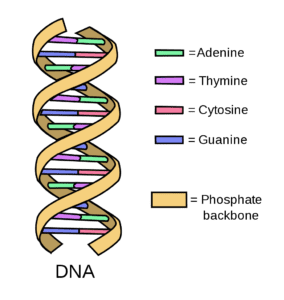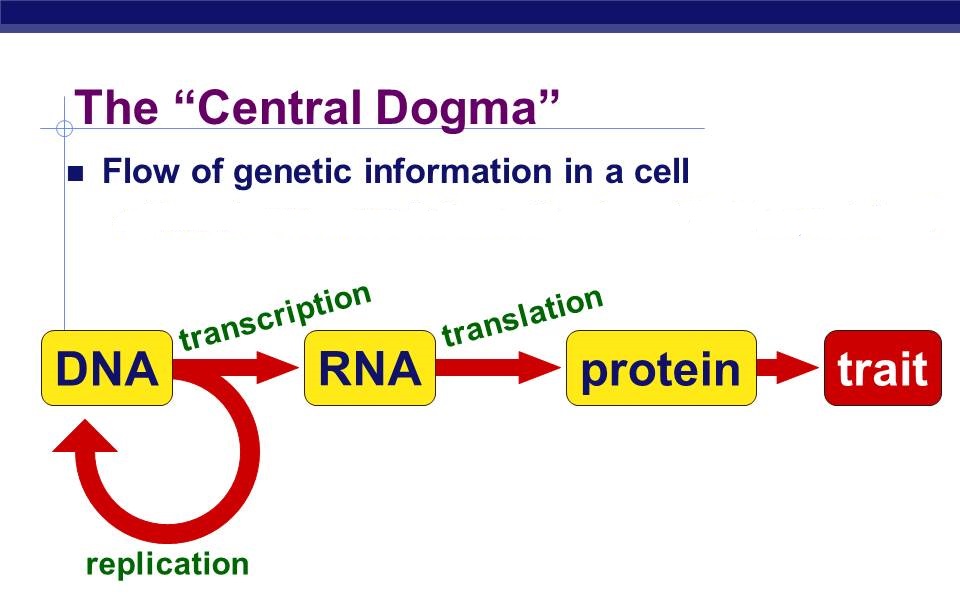Does DNA Really Contain “Information”?
A key premise found in the God Created Life material is: an explanation for the origin of life requires an explanation for the origin of the cell. That premise leads to a discussion of cellular building blocks and a deep dive into the role and creation of proteins and other components.
In this God Created Complex Life thread we’ll pursue a different angle to demonstrate that God exists and created life – one starting with complex organisms like plants, animals and, of course, humans. But we’ll also see that whatever applies for those very complex organisms also applies for simple life made up of just a small number of cells.
Analyzing complex life forms requires that we return to the cell – because, as we’ll see and likely you already know to some extent, all aspects of our living bodies are controlled at the cellular level.
Let’s begin our assessment of complex life with this short 2 minute video. It starts at our level with a person then zooms in eventually getting to the cellular level similar to what we’ve seen in the God Created Life thread. We’re going to spend some time talking about DNA so this context is quite helpful.

Key Conclusions From The Video
- Tissues in a body are made up of cells specialized for different functions
- The nucleus is at the heart of the cell and contains chromosomes which are made up of DNA strands rolled in coils
- DNA is made up of 4 bases using letters A, C, G & T for short
- The order of bases in each DNA strand determines how the cell functions
- Genes in the DNA strand contain instructions for producing molecules like proteins as we’ve seen
- Each human cell contains 23,000 genes and 3 billion bases, like letters in a huge set of encyclopedia volumes
Looking Closer At The Role DNA Plays
In this next 5 minute video you’ll see how specific combinations of letters or bases in a DNA strand are used. This video comes from Stated Clearly; you may recall watching one of their videos in another article. Some of this should be familiar from the God Created Life thread but looking at it from the perspective of complex life should really make clear the importance of the DNA strand and its relationship to proteins.

Key Conclusions From The Video
- Amino acids make up proteins which control cells which make up tissues which make up organs which make up complex organisms
- Genetic code in DNA is made up of nucleotide bases represented by letters as described above
- Short sections of DNA are copied into RNA which are used to make proteins from amino acids
- RNA code is read three letters at a time. Each combination of three letters determines the proper amino acid to add to the protein chain
- The net result is a perfectly shaped protein
- DNA is a molecular blueprint for a living thing
- DNA creates RNA, RNA creates proteins, proteins go on to enable life
DNA Can Be Used To Store, Transmit And Communicate Information
This last 5 1/2 minute video is from TedEx. In it, DNA is manipulated by researchers to contain a code they created which is used to store and transmit a simple sentence. They subsequently used that method to store and transmit longer content, video content and more. So cool!
The point here is the researchers are using DNA instructions just like that done in the computer world. They are using DNA to store and transmit information for use elsewhere.
Watch the first 2 minutes of the video to get the main point. As always, feel free to watch the rest if you have time. It’s all very cool!
Conclusions From The First Two Minutes Of The Video
- DNA already stores our biological information
- Groups of 3 bases in a DNA molecule, called codons, are used to create proteins
- Other groupings of three can be used to store other messages and information

More Conclusions From The Video
- 1999 scientists adapted the 64 existing DNA codons to represent letters, numbers and grammar symbols used in written communication
- They then spliced together a specific 22 codon sequence in a DNA strand, inserted the full DNA molecule onto a printed note on a piece of paper, and sent themselves that piece of paper
- When they received the letter in the mail, they reversed the process and found their original sequence.
- The sequence translated to: “JUNE 6 INVASION: NORMANDY”
- Point of the experiment: DNA can be used for more than just storing, transmitting and using biological information. It can be manipulated and used to store and transmit other coded information
DNA Contains Information
Why is the experiment presented in the video pertinent here, beside being really cool? Because that research helps to highlight an important point: DNA contains information. The researchers adapted existing codons stored in DNA to symbolize letters and numbers which they then transmitted to themselves. DNA is already exactly fine tuned to perform the same function for the genetic information in a cell; DNA bases already store, transmit and communicate information that gets used to produce proteins, among other things.
In case that’s not clear, let’s reiterate: Finely tuned genetic code is stored in DNA as bases and used to create proteins, among other things. During the process, the DNA strand is split and half of it is duplicated to produce RNA. That RNA is transmitted out of the nucleus to the ribosome where groups of three bases in the codons communicate to the ribosome the exact sequence of amino acids required in a protein chain. The ribosome uses that information to compile a chain of amino acids required to produce the functional protein.
For further clarification, think of the three bases in a codon as forming simple words made up of three letters. Those words are used in a ribosome outside the nucleus to specify which of the 20 amino acids to use at each step in the sequence of building a protein chain.
We’ll talk later about why this is so important. For now, it’s essential to really understand the point that DNA is finely tuned and contains information. To further emphasize that, let’s take a quick tangent and talk more about “information”.
Side Note On “Information”
What do we mean when we talk about “information”. It’s a fairly abstract concept, after all. When we look it up in the dictionary, we see many diverse definitions but here’s a pertinent one from the Oxford dictionary:
Separated from, or without the implication of, reference to a person informed: that which inheres in one of two or more alternative sequences, arrangements, etc., that produce different responses in something, and which is capable of being stored in, transmitted by, and communicated to inanimate things.
That’s easy for them to say. To paraphrase: “information” is some set of content combinations or arrangements that can be stored, transmitted and communicated. Different content combinations can be used in some way to produce more than one outcome.
The Webster dictionary uses similar words in one of their definitions:
The attribute inherent in and communicated by one of two or more alternative sequences or arrangements of something (such as nucleotides in DNA or binary digits in a computer program) that produce specific effects
Of note, obviously, is the reference to nucleotide bases in DNA AND the implication that information in DNA is in some way similar to the digital code used in computers.
It’s fair to conclude, for our purposes, “information” is some set of content combinations or arrangements that can be stored, transmitted and communicated. Different content combinations can be used in some way to produce more than one outcome. We’ll use this definition going forward.
The Point In A Nutshell
DNA contains finely tuned information that’s stored, transmitted and communicated and that’s used for the purpose of creating proteins, among other things. This is exactly analogous to how information is coded, stored, transmitted, communicated and used everywhere else in the world – including the computer world. The information in DNA is fundamentally no different than any other information.
Hmm. Think about that for a moment. Real, finely tuned information stored and used in every cell in every living organism. That’s pretty amazing, right? Here’s something else to think about: How did that happen?
One more thing before we move on: Don’t let the end of the 2nd video fool you. Chemistry is absolutely involved here but science has no explanation for how the information stored in strands of DNA was created in the first place.
Keep that in mind. We’ll dive deeper into that in subsequent articles.
Conclusion
- Beginning the analysis of complex life to demonstrate that God exists and created life
- Analyzing complex life at the cell level since the cell controls everything about an organism
- DNA is a molecular blueprint for a living thing
- You already know DNA carries genes that distinguish individuals – like eye color and physical features
- Genetic code in DNA is made up of nucleotide bases represented by letters A, C, G & T
- The fine tuned order of bases in a DNA strand determines how the cell functions
- Short sections of DNA are copied into RNA which is used to make proteins from amino acids
- RNA code is read three letters at a time. Each combination of three letters determines the proper amino acid to add to the protein chain
- Scientists manipulated DNA in a cell to transmit a specific coded message to themselves
- This highlights that DNA contains information
- “Information”, for our purposes, is some set of content combinations or arrangements that can be stored, transmitted and communicated. Different content combinations can be used in some way to produce more than one outcome
- DNA bases are finely tuned and used to store, transmit and communicate information that gets used when producing proteins, among other things
- This is exactly analogous to how information is coded, stored, transmitted, communicated and used everywhere else in the world
- It’s important to recognize that DNA contains finely tuned information
- We’ll develop that concept further in a follow-up article



